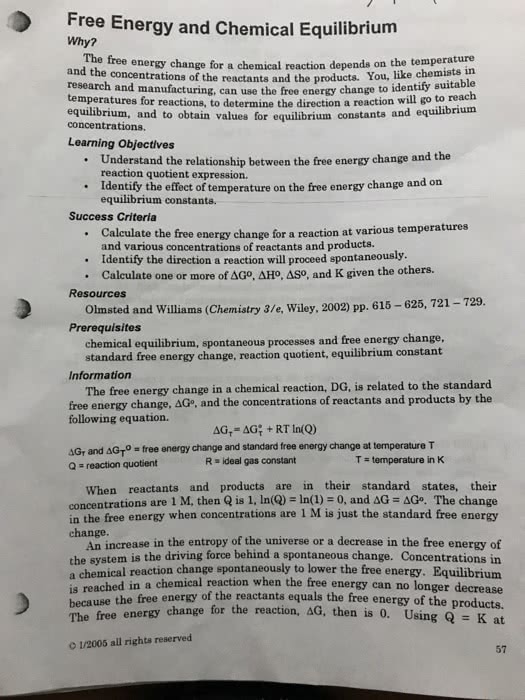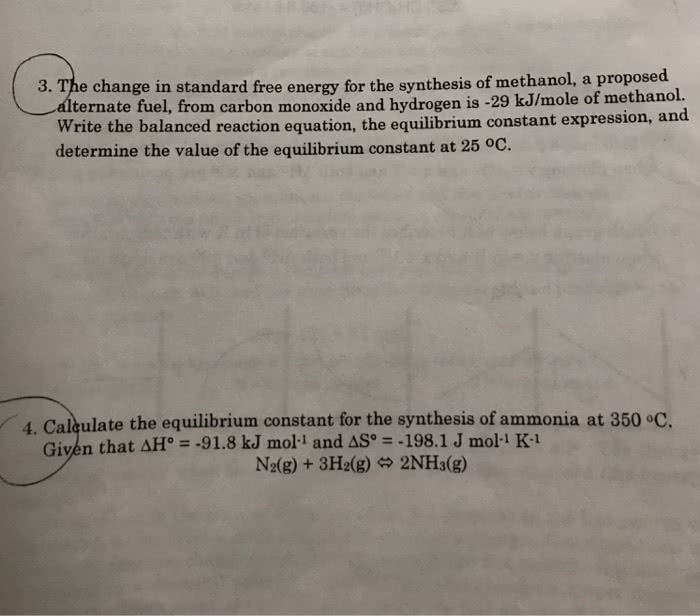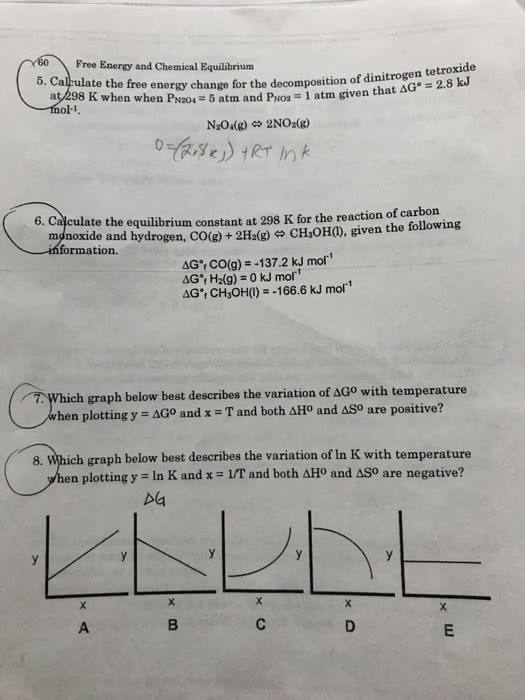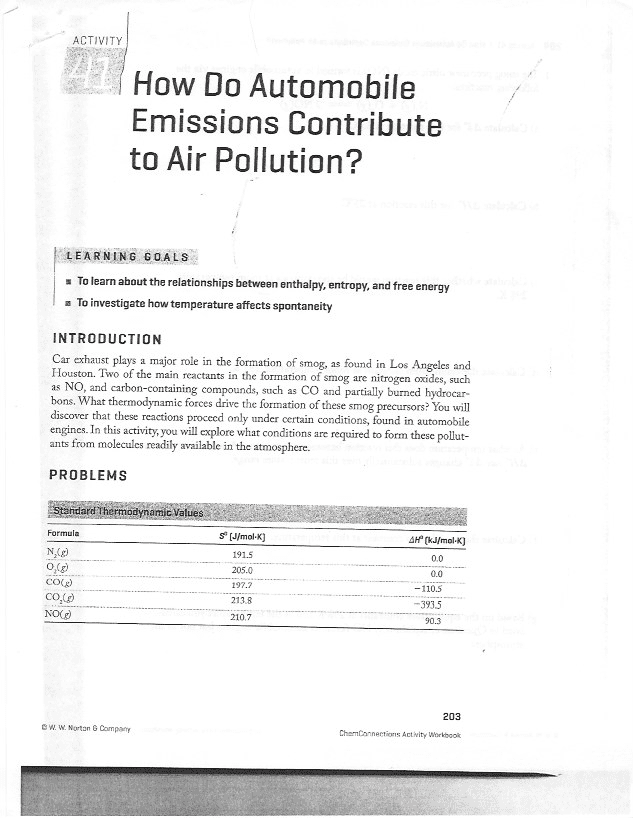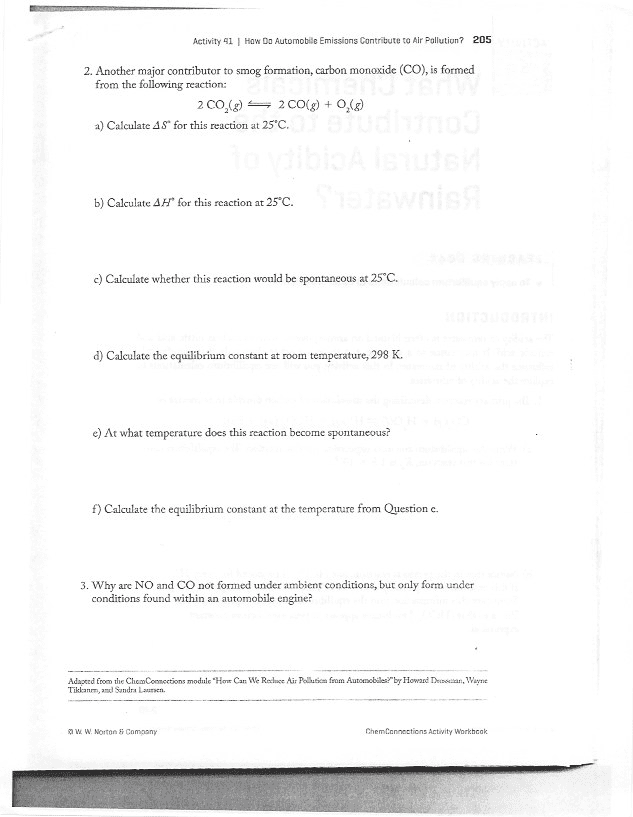Biochemistry 2280A Study Guide - Midterm Guide: Gibbs Free Energy, Atp Hydrolysis, Nicotinamide

Biochemistry 2280 – Midterm
Biological Forms of Energy
Differentiate between ΔG and ΔG°
ΔG is Gibbs free energy
• ΔG = Gproducts – Greactants
• determines whether a reaction is energetically favourable or unfavourable
• affected by properties of the molecules and the reaction conditions
ΔG° is the standard-state free energy of reaction
• ΔG° = ΔH° - TΔS°
Predict whether a chemical reaction is spontaneous based on its ΔG
ΔG < 0
• energetically favourable reaction
• products are favoured
• the backwards reaction can happen, but not as often
• as time passes, the concentration of the reactant will fall and the
product will rise
ΔG = 0
• neither reactants or products are favoured
• this is what happens after a lot of time in all reactions
ΔG > 0
• energetically unfavourable reaction
• reactants are favoured
Give examples of energetically favourable reactions the cell uses to drive unfavourable
reactions forward, and explain the general mechanism by which this occurs
- coupled reactions
- take two reactions and link them in such as way that a reaction with a negative ΔG can power
a reaction with a positive ΔG
- as long as the total ΔG for both reactions is negative
- combining the hydrolysis of ATP with other, unfavourable reactions such as the synthesis of
sucrose can result in an equation that is overall favourable
- another example is ATP hydrolysis being coupled with the synthesis of glutamine
find more resources at oneclass.com
find more resources at oneclass.com
Document Summary
G is gibbs free energy: g = gproducts greactants, determines whether a reaction is energetically favourable or unfavourable, affected by properties of the molecules and the reaction conditions. G is the standard-state free energy of reaction: g = h - t s . Predict whether a chemical reaction is spontaneous based on its g. G < 0: energetically favourable reaction, products are favoured, the backwards reaction can happen, but not as often, as time passes, the concentration of the reactant will fall and the product will rise. G = 0: neither reactants or products are favoured, this is what happens after a lot of time in all reactions. G > 0: energetically unfavourable reaction, reactants are favoured. Give examples of energetically favourable reactions the cell uses to drive unfavourable reactions forward, and explain the general mechanism by which this occurs.

